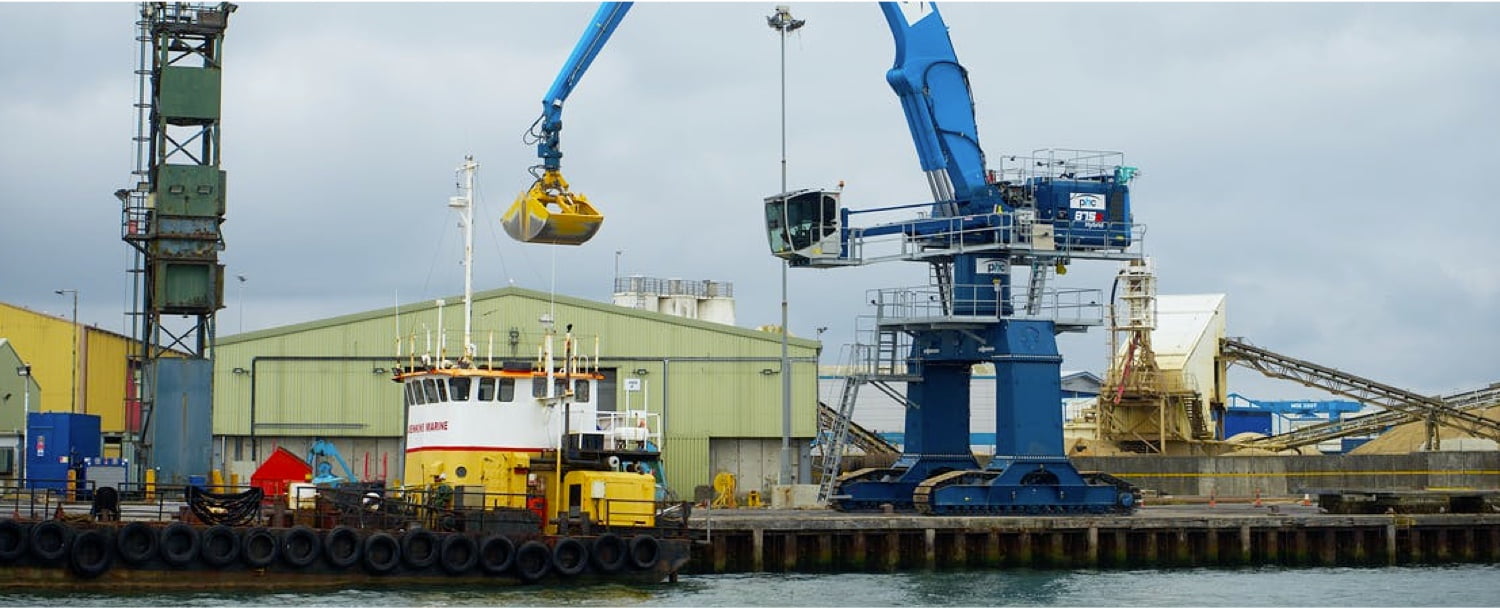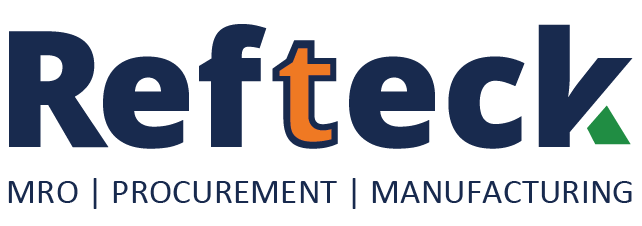This strategy is appropriate for businesses who manufacture the same sort of product over and over again… with minor variations. Allows you to give items discounted pricing.
SUPPLY CHAIN MANAGEMENT SERVICES - PROCUREMENT, CONSULTING AND LOGISTICS SOLUTIONS
Supply Chain Management (SCM) handles the supervision of the supply of products and services. From its origin to the consumer’s doorstep. Supply chain management companies are in charge of establishing a whole network of suppliers that transport the product from its raw material origin… to the companies that sell the finished product to clients.

Key Factors in Supply Chain Management
All strategic supply chain management revolves around customer value. The ultimate goal is to provide an excellent customer experience. How is this accomplished? There are four basic steps to take:
PROCUREMENT
It’s the acquisition of parts or services. Furthermore, it ensures that the goods are shipped under the client’s request, to the location and times specified, and at the lowest possible cost.
OPERATIONS
After receiving the materials or components, the company must transform them into products or services that meet the needs of the customers.
DISTRIBUTION
It consists of the storage and transportation (or logistics) of goods. Furthermore, the customer relationship is looked after.
INTEGRATION
It’s critical that all links in this supply chain understand the process. Failure can result in monetary losses as well as the devaluation of the offered good or service.
Types of Supply Chain Management
The four most common types of supply chain management are as follows:
This one is great for producers whose product range is continuously changing. It is more adaptable to market shifts and trends. The one who adapts first is the one who lives!
Intended for industries that require great end-to-end performance. To correctly load and sweat equipment assets, this model primarily relies on production predictions.
It’s a protocol that may be activated or deactivated based on market movements. It’s perfectly suited to users’ high demands but can also regulate and absorb periods of low or no demand. Sure, the companies will need the necessary machinery as well as staff with deep experience.
How Does Supply Chain Management Work?
- 01PlanCompanies must be aware of their inventories. To prepare for customer trends, it is critical to expect variance demands in advance. In this phase, analytical tools are ideal.01
- 02SourceIt's time to hunt for manufacturers who can provide your supplies at the lowest potential cost. Additionally, it is vital to guarantee that the items arrive on time.02
- 03MakeCompanies must ensure that the product satisfies all expectations. It's time to assemble, test, and box products before making changes to the production process based on client feedback.03
- 04DeliverIt's time to let your brand shine. You must ensure that the product is of great quality and that it reaches your clients in flawless condition.04
- 05ReturnThis stage, also known as reverse logistics, must provide users with a return option or exchange process that is as smooth and frictionless as the delivery process.05
Supply Chain Management Best Practices and Fundamentals
Develop the Strategy
The first thing we must do is identify the needs and opportunities. This allows us to optimise staff, procedures, and technology to give the finest product possible.
Align the Supply Chain Organisation
Keep in mind that the supply chain’s aim and vision must align with the companies. Supply chain management must identify its strategic role and begin to put in place value-added activities across the whole supply chain.
Establish the Strategic Sourcing Strategy
This plan should prioritise the improvement of business processes. For example, in removing redundancies, proposing innovative ideas, or developing methods to measure savings.
Establish Key Supplier Alliances
Don’t just look for the best deal. Seek for collaborative alliances and develop win-win tactics that correspond with both sides’ goals.
Monitor Costs and Key Performance Indicators
The answer is simple: if you don’t set limitations, you’ll end up paying more. Monitoring key performance indicators will assist you in maintaining more control over your organisation.
Manage Inventory
It is vital to experiment in order to determine what will work best for you. However, some factors to consider are inventory control (access), management (setting levels, etc.), and integrity (expiration).
Key Features of Effective Supply Chain Management
The five “Cs” from IDC’s Simon Ellis in The Path to a Thinking Supply Chain are as follows. He emphasises that good supply chain management is founded on the following principles:
It’s critical to manage both structured and unstructured data from social media outlets and other online platforms.
It’s advised to employ a cloud-based commerce network to interact correctly with supplier partners and increase supply performance.
It’s about safeguarding the SCM against hackers and other cyber assaults.
Use artificial intelligence to collect, coordinate, and execute choices and actions across the chain. The vast majority of the supply chain is automated and self-learning.
Analytics skills must be scalable in the face of real-time data. Again, technology is the most powerful ally in avoiding future mistakes.

Supply Chain Management Process, Planning and Strategies
A supply chain management process evaluates all of the connections involved in creating and delivering a product or service to clients. Using market forecasting, pricing strategy, and inventory management strategies, supply chain planning assists you in matching product supply with customer demand.
Then, some of the most popular strategies for an excellent supply chain are:
Reduce Inventory Expenses
Maintain an accurate inventory count. This will keep you from overstocking and understocking, saving you money on inventory and storage.
Integrate Technology into Your Business
By automating your inventory management, you can satisfy rising client demand while maintaining shorter lead times and speedier shipment and delivery.
Consider Green Initiatives
Being environmentally conscious boosts brand image and credibility in the eyes of the consumer. Suppliers and buyers will notice if you take social responsibility seriously, regardless of your sector.
Why is Supply Chain Management Important?
The efficient management of the supply chain aids in the reduction of costs, waste, and time in the manufacturing cycle. There are three scenarios in which analytics and data might provide value to our supply chain.
Addressing Possible Issues
Manufacturers may be able to predict a scarcity through data analysis before the consumer is dissatisfied.
Dynamic Pricing Optimisation
The same forecasting techniques that the tourist sector uses to dynamically modify its prices in response to demand may be used with analytics software.
Smart Inventory Management
Based on the sales estimate, existing orders, and guaranteed raw material supply, the analytical programme may dynamically manage resources and schedule activities.
Supply Chain Integration and Solutions
- Enhance supply chain visibility
- Foster collaboration among all allies in the network
- Boost customer satisfaction rates
- Optimise major supply chain operations
- Bring more revenues and increase profit margins
- Achieve more flexibility
- Improve emergency and demand planning
Supply Chain Problems, Challenges and Solutions

- Price Variations
- Quality Assurance
- Transportation Difficulties
- Prolonged Lead Times
- Unpredictable Global Conditions

- Excellent Customer Service
- Costing
- Risk Management
- Relationship with Suppliers
- Qualified Employees
- Unanticipated Delays
- Rapidly Changing Markets

- Meet consumer expectations by diversifying your supplier chain.
- Keep adequate supply on hand as demand rises.
- Create a backup plan.
- Avoid overselling and overpromising.
- Plan ahead of time for production and supplier delays.
Benefits of Supply Chain Management Services and Consulting
PROVIDE A UNIQUE CLIENT EXPERIENCE
Adopt clever automation to resolve disturbances and increase dependability.
INCREASE YOUR AGILITY AND VISIBILITY
Create robust and long-lasting supply chains that improve transparency, productivity, and minimise IT complexity and costs.
PREDICT INTERRUPTION AND MANAGE POSSIBLE HAZARDS AHEAD OF TIME
Enhance traditional planning processes with technology like as AI and real-time data insights to shift from a reactive to a proactive mindset.
UTILISE DATA AND AUTOMATION TO IMPROVE COST AND SERVICE EFFICIENCY
Use the competitive benefits of AI-powered decision-making to transform corporate operations.
Why Refteck Solutions for Supply Chain Management and Solutions
Supply chain solutions companies are your best ally in dealing with the present market’s difficulties. Refteck has a team of professionals who can adapt to any company and your demands. Connect with us, tell us what you need, and we’ll take care of the rest. We’ll provide you with a planning in supply chain management that will save you money, boost the value of your company, and allow you to operate more efficiently.
To talk with us, simply contact us or call one of our employees at 312 924 1473 or email us at mail at [email protected]

